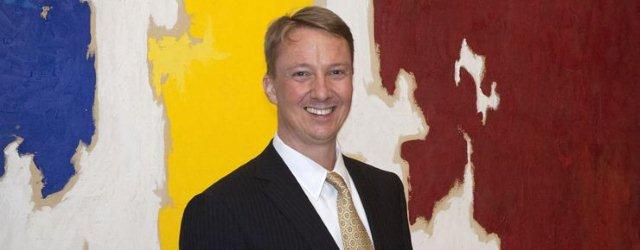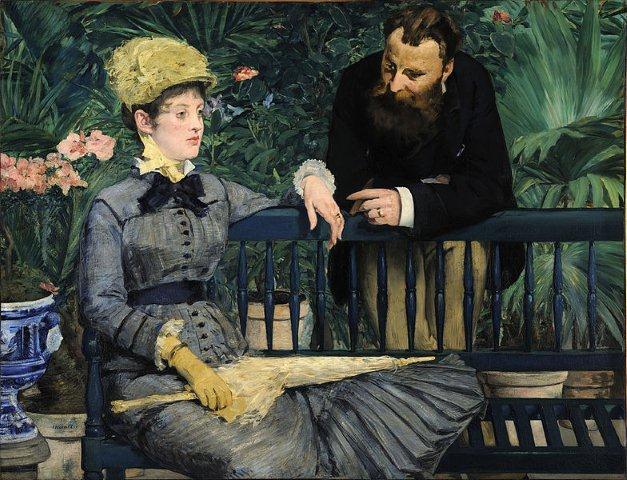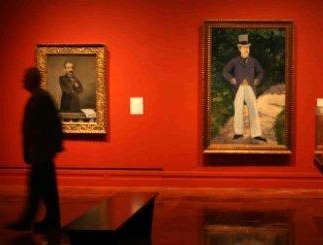The Albright-Knox has just announced its new director, Janne Sirén.
 Not one of the usual suspects, that is true. He comes from five years as director of the Helsinki Art Museum in Finland, whose collection of 8,900 works covers the territory from the late 19th century to contemporary art. It “operates two exhibition spaces in the heart of Helsinki: Tennis Palace and Kluuvi Gallery, an innovative gallery space focused on showcasing experimental works by emerging Finnish artists,” according to the press release.
Not one of the usual suspects, that is true. He comes from five years as director of the Helsinki Art Museum in Finland, whose collection of 8,900 works covers the territory from the late 19th century to contemporary art. It “operates two exhibition spaces in the heart of Helsinki: Tennis Palace and Kluuvi Gallery, an innovative gallery space focused on showcasing experimental works by emerging Finnish artists,” according to the press release.
Siren, who was in Buffalo today for the announcement, was “found” by Russell Reynolds, which was tasked with finding a successor to Louis Grachos last year. He left in December, as I recall, as the museum was closing out its celebratory 150th year. At the time, the board said it could have a replacement announced by Jan. 1 — which seemed ambitious to me.
But they came close. Give credit for that — far too many museum director searches take a year or more.
The Albright-Knox says he is “the first Director from the Nordic region to take the helm of a major American art museum.” But he was educated here, earning a B.A. in Art History from the College of the Holy Cross in Worcester and an M.A./Ph.D. in Art History from New York University’s Institute of Fine Arts. He’ll take up the post in “late spring or early summer.” And he was behind the aborted scheme to build a branch of the Guggenheim Helsinki — it failed to pass muster with the city’s government, though there were also questions about the Guggenheim’s enthusiasm for it.
Siren, who is is 42, “has overseen the organization of several major international exhibitions, including Georgia O’Keeffe; Georg Baselitz: Remix; Enchanting Beauty: Masterpieces from the Collections of the State Tretyakov Gallery; Surrealism and Beyond: Masterpieces from the Israel Museum; Defiance and Melancholy – German Painting from the Dresden Albertinum/Galerie Neue Meister and Helsinki School – Photography and Video Now,” the Albright-Knox said.
Siren told the Buffalo News:
From the moment I set foot in Buffalo, it was sort of love at first sight. I just felt that in Buffalo there’s this very positive aura about the next chapter in the city’s future, not only at the Albright-Knox, but more generally in Buffalo. Things are sort of happening, and you see in little bits and pieces around there, it’s sort of in the air. And that’s tremendously exciting.
Photo Credit: Courtesy of the Albright-Knox





